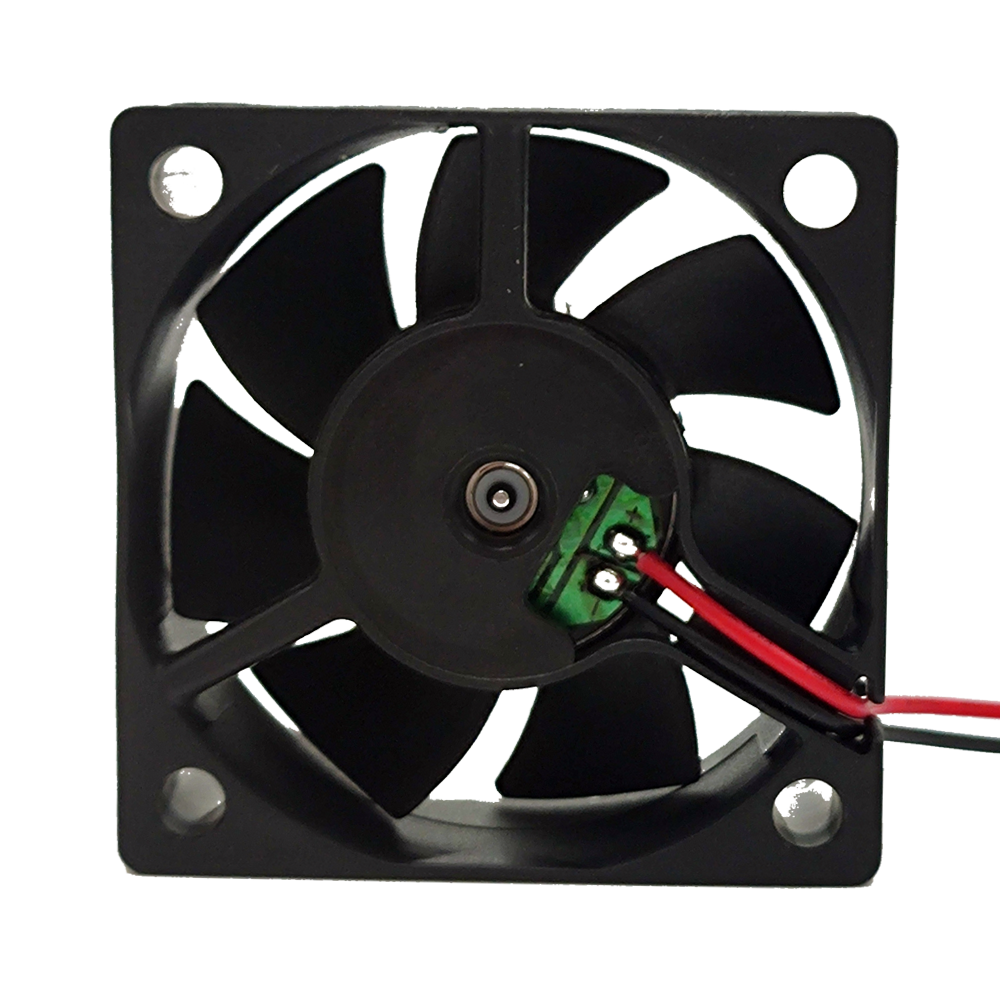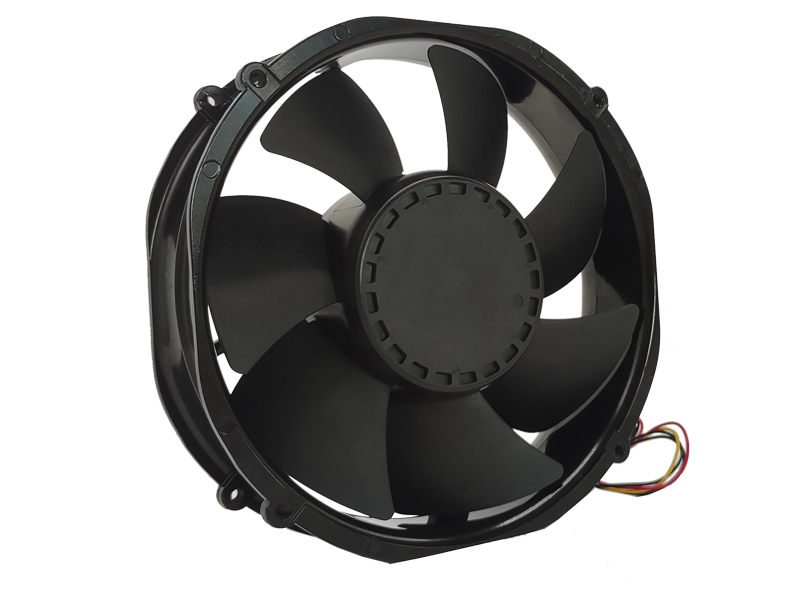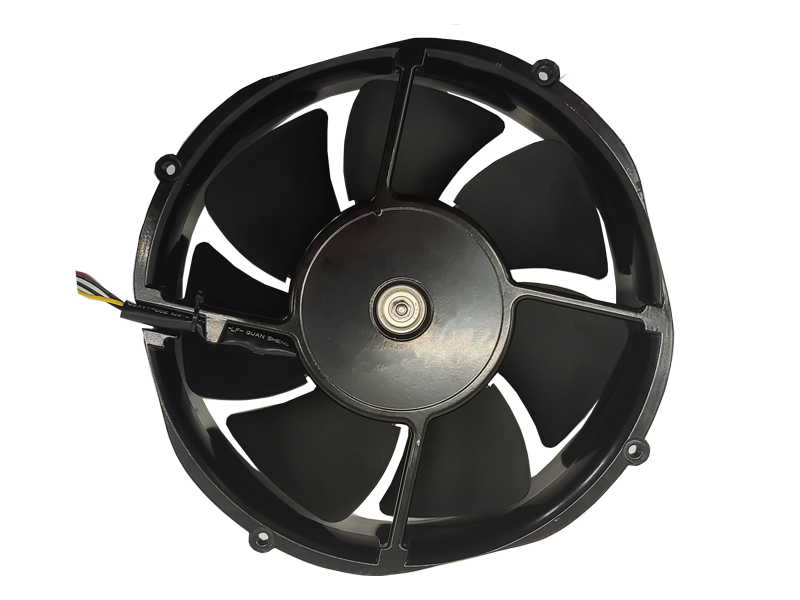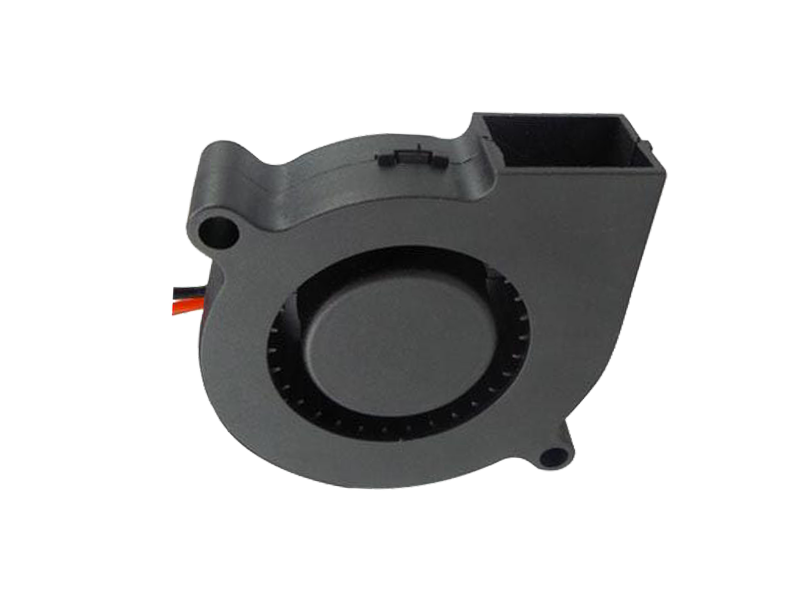In the bustling landscape of modern technology, where every millisecond counts and temperatures soar with the demands of high-performance computing, the humble cooling fan stands as an unsung hero, quietly maintaining the delicate balance between power and thermal equilibrium. This article delves into the intricacies of the cooling fan, exploring its historical evolution, the technological advancements that have shaped its modern form, and its indispensable role in the digital age.
From Humble Beginnings to Modern Marvels
The concept of using airflow to dissipate heat is as old as human civilization itself, with ancient civilizations utilizing natural breezes and man-made fans to cool their homes and workspaces. However, it was with the advent of electronics and the rapid growth of the computer industry that the cooling fan truly came into its own. Initially, these fans were simple, mechanical devices that rotated to create a flow of air over heated components, helping to regulate temperatures and prevent overheating.
Over time, as technology advanced and electronic devices became smaller, faster, and more complex, the need for efficient cooling solutions intensified. This led to a wave of innovation in cooling fan design, with engineers pushing the boundaries of materials science, aerodynamics, and electronics to create smaller, quieter, and more efficient fans.
The Quest for Silence and Efficiency
One of the key challenges faced by cooling fan designers has been balancing performance with noise levels. High-speed fans, while effective at dissipating heat, can generate significant amounts of noise, disrupting the user experience. To address this issue, manufacturers have turned to advanced bearing technologies, such as fluid dynamic bearings, which reduce friction and noise while increasing fan lifespan. Additionally, fan blades have been meticulously designed to minimize turbulence and airflow noise, ensuring that even high-performance cooling solutions operate with minimal disruption.
Intelligent Cooling Solutions

Another significant development in cooling fan technology has been the integration of intelligent thermal management systems. These systems use sensors to monitor temperatures in real-time, adjusting fan speeds dynamically to maintain optimal operating conditions. This not only enhances cooling efficiency but also reduces energy consumption and prolongs the lifespan of electronic components. Furthermore, some advanced systems can even learn from usage patterns and anticipate cooling needs, providing a truly proactive approach to thermal management.
The Future of Cooling Fans
As the digital age continues to evolve, the demands on cooling fans will only increase. With the rise of new technologies such as artificial intelligence, quantum computing, and high-performance graphics, electronic devices are becoming more powerful and complex, generating even higher levels of heat. To meet these challenges, cooling fans will need to become even more efficient, reliable, and adaptable.
One promising area of research is the development of advanced materials that can improve thermal conductivity and dissipate heat more effectively. For example, graphene and carbon nanotubes have shown great potential in this regard, offering exceptional thermal properties that could revolutionize fan design.
Additionally, the integration of new technologies such as microelectromechanical systems (MEMS) and nanotechnology could lead to the creation of entirely new types of cooling solutions. These might include micro-scale fans that are embedded directly within electronic components, providing localized cooling where needed, or even more radical approaches such as using phase change materials to absorb and release heat.
Conclusion
In conclusion, the cooling fan stands as a testament to the relentless pursuit of innovation and progress in the digital age. From its humble beginnings as a simple mechanical device to its modern form as a sophisticated, intelligent cooling solution, the cooling fan has played a vital role in ensuring the reliability and performance of electronic devices. As we continue to push the boundaries of what is possible, the cooling fan will remain an essential component in the ongoing quest for faster, more efficient, and more powerful computing solutions.
Recommended Products

The main purpose:Car charging station

The main purpose:Car charging station

The main purpose:Electronic refrigerators, water dispensers, direct drinking machines, inverter power supplies
Address:No. 4137, Longgang Avenue (Henggang Section), Henggang Community, Henggang Street, Longgang District, Shenzhen
hotline:13530005572(Chen)15112579390(Li)


Welcome all friends to come for consultation and negotiation.
Copyright 2024 @ Shenzhen Youneng Xinyuan Electronics Co., Ltd.,(industrial fans,industrial blowers,axial fans,cooling fans manufacturer,centrifugal fans,ac cooling fans,dc cooling fans)